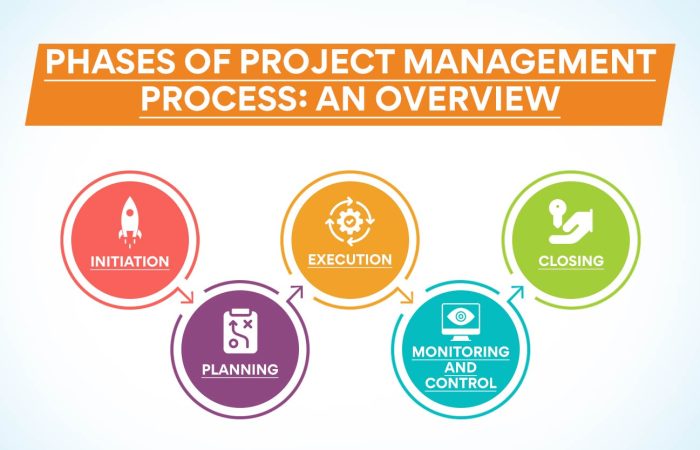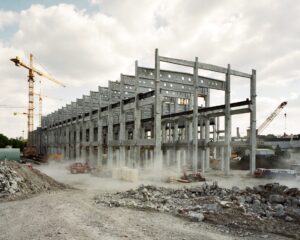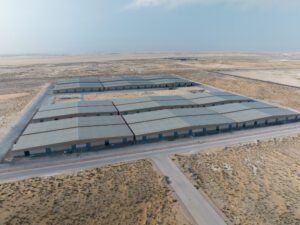Project Management – Track & Manage Your Projects
Project management is an essential skill for any business or organization. It is the process of organizing, planning and executing projects efficiently and effectively within a set timeline, budget and resources. Managing projects involves the use of tools and techniques that allow teams to track progress, identify potential risks and problems, and manage change. This article will provide a comprehensive overview of project management tools and techniques to help you manage your projects more effectively. We will cover topics such as project planning, resource allocation, budgeting, tracking progress, communication strategies and more. By understanding these concepts and learning how to properly apply them in practice, you can ensure successful project delivery while gaining valuable insights into better project management techniques.
What is a project management do?
A project management office (PMO) is a group or department within a business, government agency, or other organization that defines and maintains standard processes for project management.
The PMO strives to standardize and introduce efficiencies in an organization’s project management processes. It typically provides centralized control over all projects and enforces governance standards. The PMO can also be responsible for training staff in Project Management best practices and methodology.
What are the 5 stages of project management?
Project management is the process of organizing, monitoring, and controlling a project from start to finish. There are five main stages of project management: initiation, planning, execution, monitoring and control, and closure.
Initiation is the first stage of a project and involves identifying the need for a new project, setting objectives, and creating a project team.
Planning is the second stage of a project and involves developing a detailed plan of action. This includes creating a work breakdown structure, setting timelines, and estimating resources.
Execution is the third stage of a project and involves carrying out the plan of action. This includes assigning tasks to team members, tracking progress, and making changes as needed.
Monitoring and control is the fourth stage of a project and involves regular check-ins to ensure that the project is on track. This includes identifying risks, addressing issues, and making adjustments as necessary.
Closure is the fifth stage of a project and involves completing all remaining tasks, releasing resources, and documenting lessons learned.
What are the 3 types of project management?
There are three types of project management:
1. Traditional
2. Agile
3. Hybrid
Traditional project management is a more linear approach to managing a project. The project manager works with the team to create a detailed plan that outlines all the steps that need to be taken in order to complete the project. This plan is then followed throughout the duration of the project.
Agile project management is a more flexible approach that allows for changes and adjustments to be made as the project progresses. Rather than creating a detailed plan upfront, agile teams work in short sprints and iterations to make small, incremental changes. This allows for greater flexibility and adaptation as new information arises.
Hybrid project management is a combination of traditional and agile approaches. In this type of project management, teams may start with a traditional approach and then transition to an agile approach as the project progresses. This can be helpful when starting with a large and complex project that may require more structure at first, but may benefit from greater flexibility later on.
Project Management Definition, Basics and Approaches
Project management is the process of planning, executing, and monitoring the progress of a project. It involves setting objectives, identifying tasks, assigning resources, and tracking progress.
There are various approaches to project management, but the basics remain the same. The first step is to define the objectives of the project. Once these have been established, the next step is to identify the tasks that need to be completed in order to achieve these objectives. Resources such as manpower, materials, and funds need to be assigned to each task. Finally, progress needs to be monitored in order to ensure that the project is on track.
There are a number of software applications available that can help with project management. These can be used to create project plans, assign resources, track progress, and generate reports.
What are the main types of project management?
There are many different types of project management, but the main goal of all project management is to ensure that a project is completed on time, within budget, and to the required quality standards.
The three main types of project management are waterfall, agile, and hybrid. Waterfall project management is a traditional approach where tasks are completed sequentially from start to finish. Agile project management is a more flexible approach where tasks are completed in short sprints with regular feedback and review. Hybrid project management is a mix of waterfall and agile approaches, which can be tailored to the individual needs of each project.
Which type of project management you choose will depend on the nature of your project, your team’s preferences, and other factors. However, all types of project management share some common features, such as creating a project plan, setting milestones and deadlines, assigning tasks to team members, tracking progress, and making adjustments as needed.
Which are the 3 main elements of a project plan?
There are three main elements to a project plan:
1. The Project Charter
2. The Work Breakdown Structure (WBS)
3. The Gantt Chart
The Project Charter is the document that officially starts the project and identifies the high-level goals, objectives, deliverables, milestones, and team members.
The Work Breakdown Structure (WBS) is a tool that breaks down the project into smaller, more manageable pieces. It helps to identify what work needs to be done and who will do it.
The Gantt Chart is a graphical representation of the project schedule. It shows when each task is supposed to start and finish, and how much time is allotted for each task.
What are 3 main factors of every project?
1. Define the scope of the project
2. Create a schedule and timeline
3. Assign tasks and milestones
Project Management – Plan & Manage Your Projects
As the first step in managing your projects, you need to develop a project plan. The project plan is a document that outlines the resources, tasks, milestones, and timeline for a project. It’s important to have a clear and concise project plan so that everyone involved in the project understands what needs to be done and when it needs to be done.
Once you have developed your project plan, it’s time to start tracking your progress. There are many different ways to track progress, but one of the most popular methods is using a Gantt chart. A Gantt chart is a graphical way of representing tasks, milestones, and dependencies over time. It’s a great tool for keeping everyone on track and ensuring that deadlines are met.
If you’re looking for an easy way to track and manage your projects, then ProjectManager.com is the perfect solution for you. Our software enables you to create and share project plans, track progress with our Gantt charts, and collaborate with your team online. We also offer a free trial so that you can try our software before you buy it.
ERP Project Management
ERP project management is the process of managing enterprise resource planning projects. Enterprise resource planning (ERP) is a business process management software that integrates all aspects of a company’s operation, including product planning, development, manufacturing, sales and marketing.
An ERP project manager is responsible for overseeing the implementation of ERP software within an organization. They work closely with senior management to ensure that the project meets all deadlines and budget requirements. ERP project managers also liaise with different departments within the company to ensure that the ERP system meets their specific needs.
The successful implementation of an ERP system can be a major benefit to any organization. It can help to streamline operations, improve efficiency and optimize resources. An experienced ERP project manager is essential to ensuring that the project runs smoothly and delivers all the expected benefits.














